It has been a long while since I have made a new post highlighting the many airline liveries we have now seen on the Boeing 787 Dreamliner. These are all the liveries we have physically seen on the Dreamliner, so no computer composite images here:
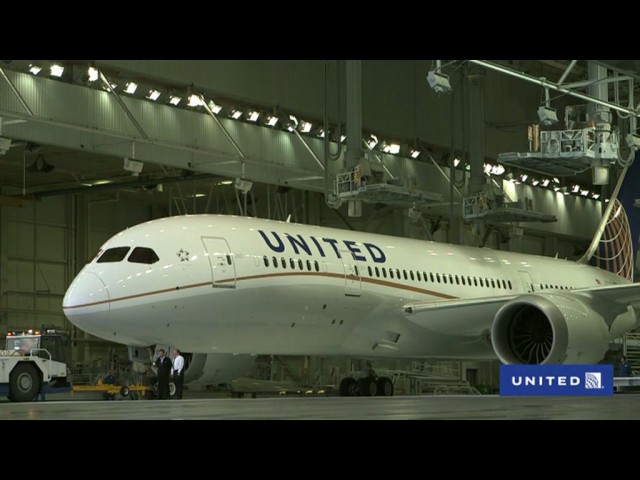
We got to see United’s livery on the 787 for the first time yesterday. Image from United’s livestream.
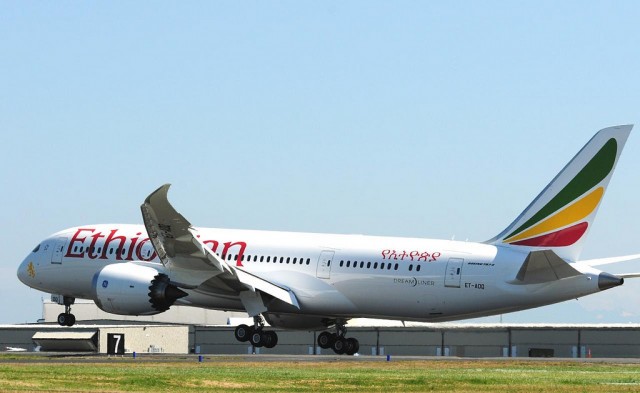
Ethiopian Boeing 787 Dreamliner (ET-AOQ) taken in July 2012 by Tony Rodgers (aka Moonm) at Paine Field.
A big thanks to Tony Rodgers (moonm) for allowing me to use his Ethiopian 787 photo.
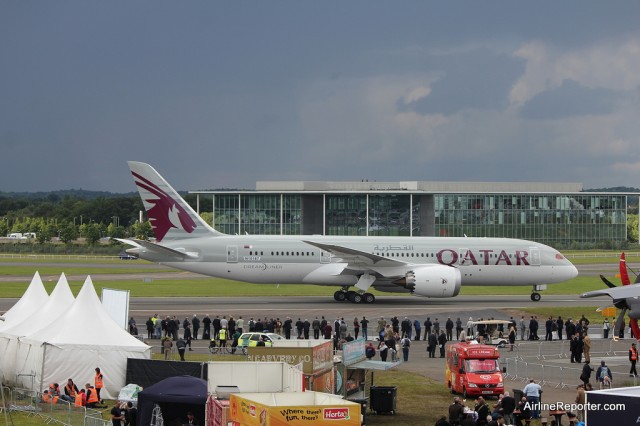
Qatar Airways Boeing 787 Dreamliner seen at Farnborough in July 2012.
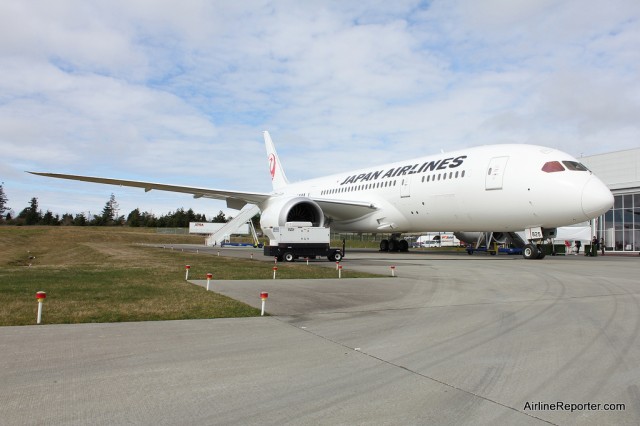
Japan Airlines (JAL) Boeing 787 Dreamliner taken in March 2012 at Paine Field.
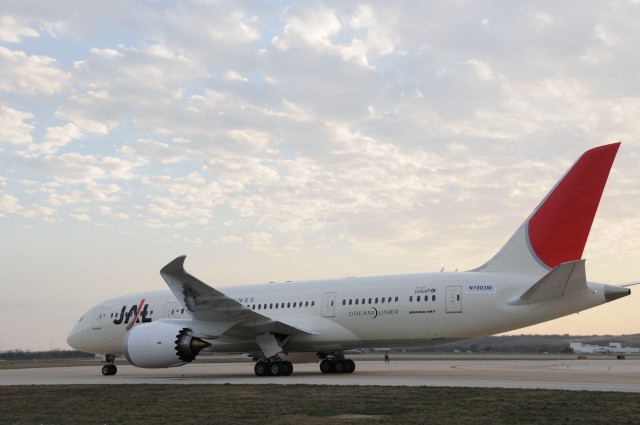
JAL’s old livery on the 787 Dreamliner. Image by The Boeing Company.
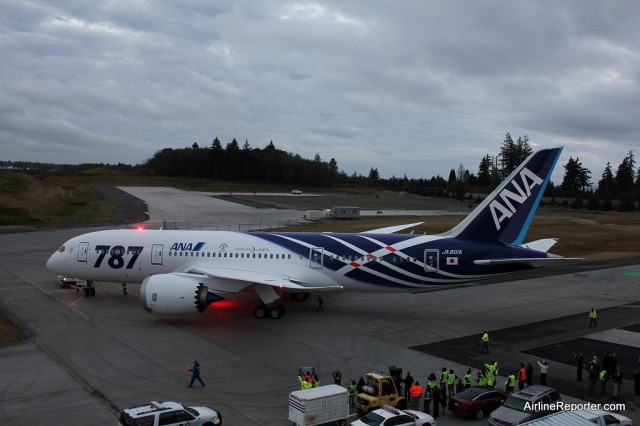
ANA’s delivery livery, that showed up on the first two of their 787 Dreamliners. Taken at Paine Field.
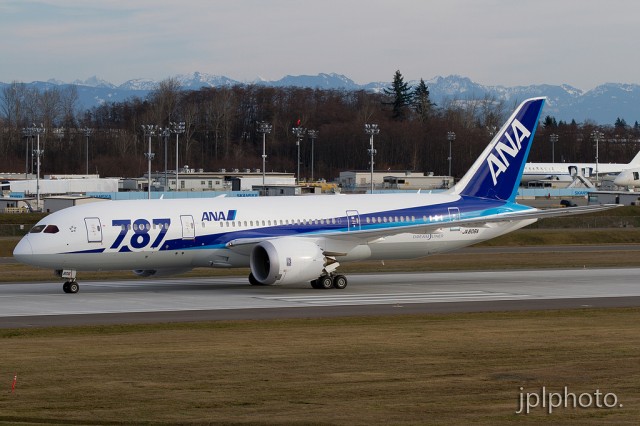
ANA’s modified Dreamliner livery with the “787” on the side. Photo by Jeremy Dwyer-Lindgren.
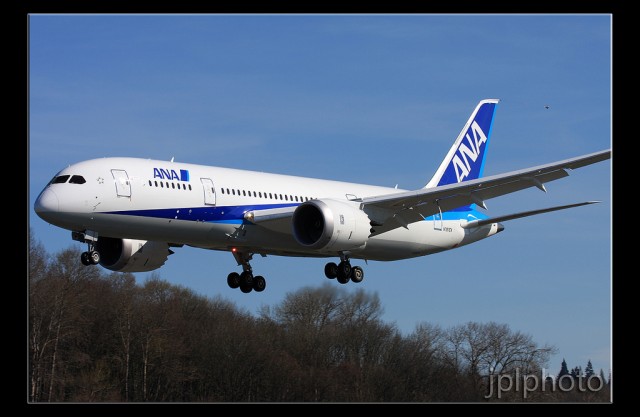
The older ANA livery before the “787” was added to the side. Photo by Jeremy Dwyer-Lindgren.
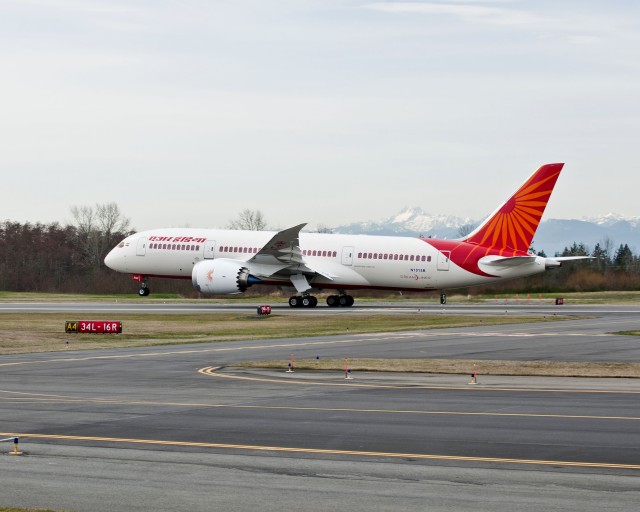
Air India Boeing 787 taking off from Paine Field. Image by The Boeing Company.
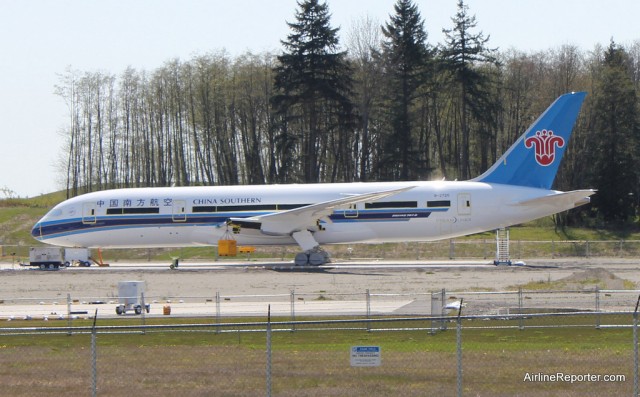
China Southern’s Boeing 787 Dreamliner.
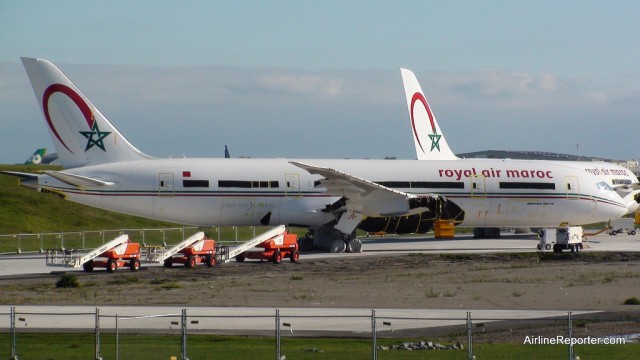
Royal Air Maroc Dreamliner at Paine Field.
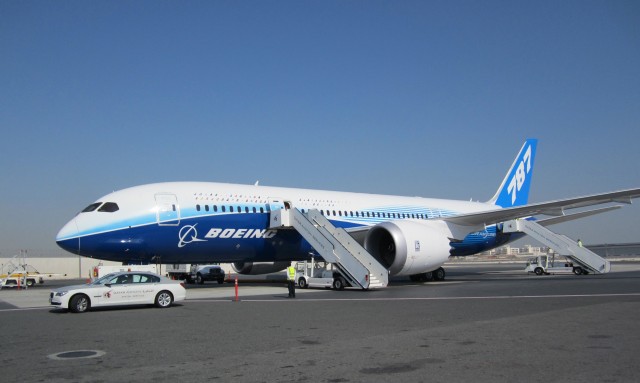
ZA003 at the Doha International Airport for the Dreamliner World Tour. Image by The Boeing Company.
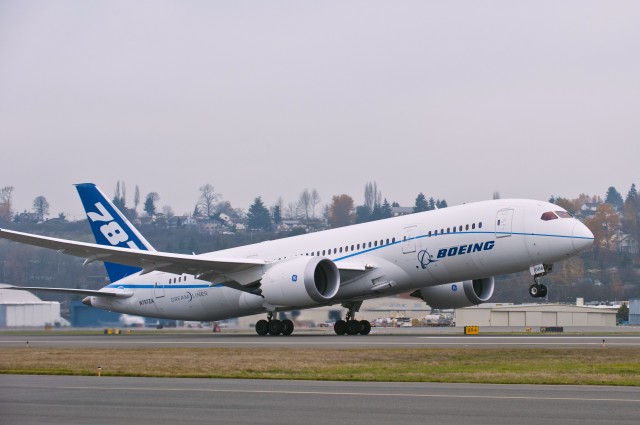
ZA006 shows off the Dreamliner “light” livery. Image by The Boeing Company.
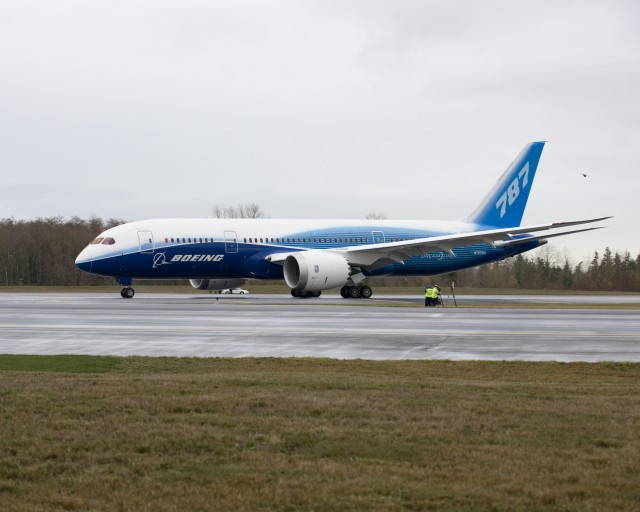
And where it all became. The Dreamliner livery seen on ZA001 on her maiden flight. Image by The Boeing Company.
So which one is your favorite? Your least favorite?
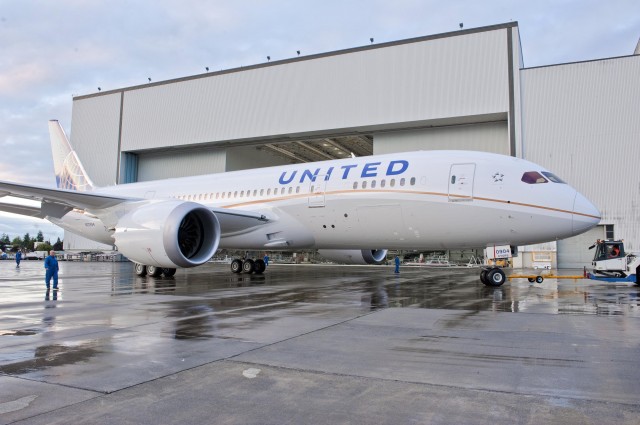
High-Resolution Photo: United’s first Boeing 787 Dreamliner comes out of the paint hangar. Photo from The Boeing Company.
At 5:00am this morning, United Airlines rolled out their first Boeing 787 Dreamliner from the paint hangar at Paine Field. It was a bit too early for this Airline Reporter, so I have had to take a look at photos, like everyone else.
The video of this morning’s event, should be available on Thursday. That should also be the day, I will get the opportunity to check out the interior of this beautiful plane and see it first-hand. I know many of you have been critical of the “new” United livery, but this looks dang good.
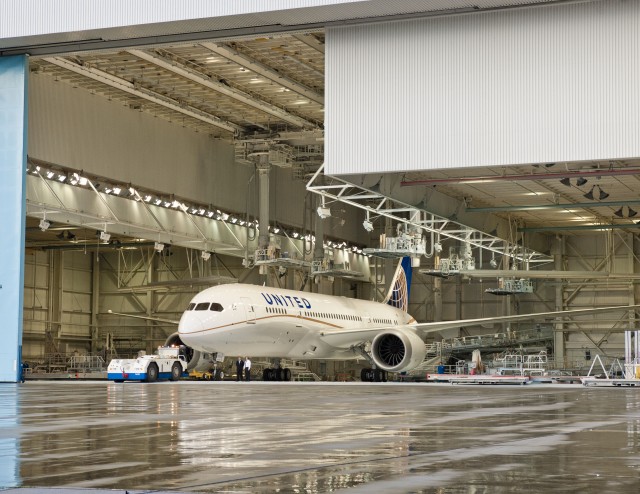
High-Resolution Photo: United’s first Boeing 787 Dreamliner comes out of the paint hangar. Photo from The Boeing Company.
The interior cabin will use blues and grays, which are consistent with the airline’s newer aircraft today. The 787 will also debut a new in-flight entertainment system that according to United will offer, ’œmore intuitive browsing and more filtering options.’
To start preparations for the first 787 delivery, United has already installed a full-flight simulator at their Houston hub and has started training pilots, flight attendants and mechanics.
After United takes delivery of their first 787 in September, they will conduct a variety of tests before the aircraft enters service later in the fall. United is hoping to take delivery of five 787 Dreamliners before the end of 2012.
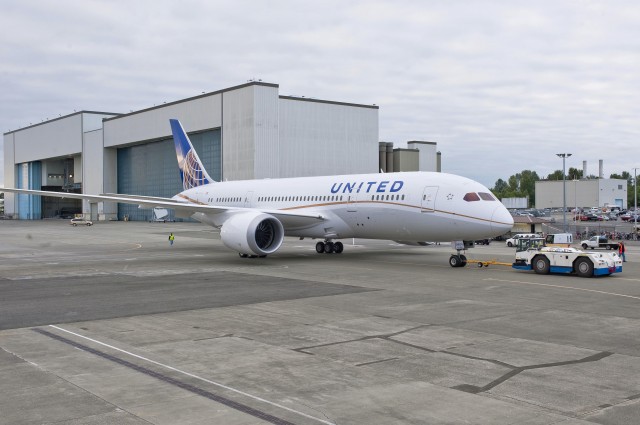
High-Resolution Photo: United’s first Boeing 787 Dreamliner comes out of the paint hangar. Photo from The Boeing Company.
Stay tuned for Thursday, August 2nd. Starting at about 10am PT, United will be giving a tour of the interior of their 787 Dreamliner at Paine Field to invited guests and media. You better believe I am more than excited to be going. Be sure to follow along on my Twitter and Facebook.
MORE PHOTOS OF UNITED’S BOEING 787 PAINT HANGAR ROLL OUT:
* Jon Ostrower got some screen shots of the live video feed this morning
* Local ABC Station, KOMO4, has posted photos taken from their helicopter this morning of United’s 787
PREVIOUS PHOTOS OF UNITED’S 787 DREAMLINER:
[nggallery id=6]
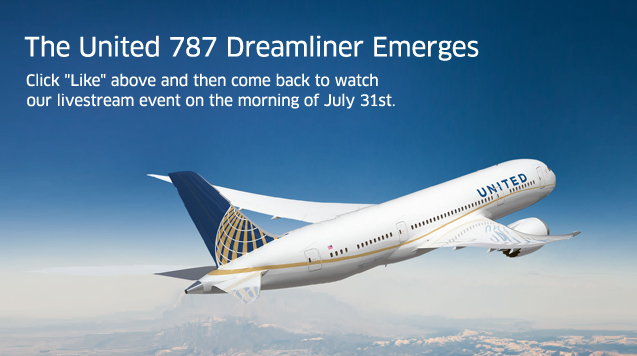
Join in on the fun on Tues and then again on Thurs mornings. Image from United.
Tomorrow morning at 5:00am PT (yes, hecka early), United’s first Boeing 787 Dreamliner will come out of the paint hangar, with its special livery. For those of you who will be awake at that time (it is still iffy if I will make it up that early), you can follow along with a live feed being provided by United Airlines.
On Thursday, media will be invited to check out the new interior of United’s Dreamliner and be sure to follow along on my Twitter and Facebook.
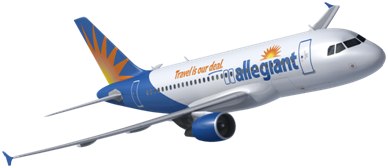
What Allegiant’s Airbus A319s will look like. Image from Allegiant.
Today, Allegiant Air has announced that they plan to add 19 Airbus A319s into their fleet.
Allegiant will lease nine A319’s from GE Capital Aviation Services (GECAS) and also lease 10 A319s from Cebu Pacific Air. The first two A319s are expected to start service during the second quarter of 2013.
The aircraft, which will be configured with 156 economy class seats, will not be new and aged seven to ten years old at the time of delivery.
Can Allegiant’s success of a one model fleet, still exist with a fleet of three different aircraft types? Traditionally, Allegiant only flew MD-80 aircraft and more recently added the 757-200. Now, with a third aircraft type, that greatly increases training and maintenance costs. In a presentation given today, Allegiant stated that, “Pilot transition/training -less efficient, but manageable,” and that “Economics dictate this added complexity is worthwhile.”
“The A319 is a new aircraft type for Allegiant, but we otherwise see this as a continuation of our existing business model,” said Andrew C. Levy, Allegiant President. “A319 asset values have significantly declined and now mirror the environment we saw when we first began buying MD-80s.”
Allegiant is hoping to place the A319s on routes that are just marginally profitable for the MD-80 aircraft. The A319 is 25% cheaper per block hour with fuel and 40% lower on maintenance than the MD-80 aircraft. Also, the range of the A319 is greater with a 3,600 nm vs just 1400 nm, allowing Allegiant to look at longer route opportunities. At this time, the airline is not planning on increasing fleet utilization.
The airline is planning to retire two MD-80s, which have heavy maintenance checks coming up, but do not have future retirement plans at this time. By 2015, Allegiant is planning to be operating 56 MD-80s (58 now), six Boeing 757s (four now) and 19 Airbus A319s (0 now).
Buying the A319 is not a fleeting changing plan, but a fleet growth plan. There is no question that Allegiant got a great deal on the A319, since multiple airlines are dumping that smaller model for larger A320 and A321 aircraft. Soon, there will be more A320CEOs in the market, as airlines upgrade to the A320NEO family.
I would not be surprised to see additional A320 family of aircraft join Allegiant’s fleet before 2015. There will be a lot of change with the airline in the next coming years that will test their ability to succeed. I have a feeling that with the demand for rock bottom airfares increasing, they might be able to pull this off.
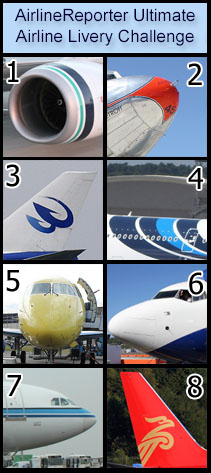
How well did you do?
Another great version of Ultimate Livery challenge. I received quite a few responses and some frustrated comments. Well, here are the answers:
#1: Alaska Airlines Boeing 737-800
#2: American Airlines DC-3
#3: Great Wall Airlines Boeing 747-400F by Jeremy Dwyer-Lindgren
#4: Maylasia Airlines Airbus A380
#5: AeroSvit Airlines E-Jet
#6: Rwandair Boeing 737-800
#7: Kuwait Airways Airbus A300
#8: Shenzhen Airlines Boeing 737-800 by Jeremy Dwyer-Lindgren
Those who got all of the planes and liveries correct:
* David Lilienthal
* Goron Werner
* Antonio Tantalo
* Keith Goodman
Folks that missed only one aspect:
* Felix Estgen
* Manav Bhogal
* Andrew Arpagian
* Donald De Rosa
* Nick Bartolotta
* Jeremy Dwyer-Lindgren (although two of the photos were his)
I think this one was probably a bit challenging. It seems that #3 (Great Wall Airlines) was the most difficult for people. Many also did not get #5 (guessing Gulf Air, which makes sense). #6 was another difficult one with many of you guessing Transaero for #6. Again, very close, but the lines are a bit different. Until next time…



















